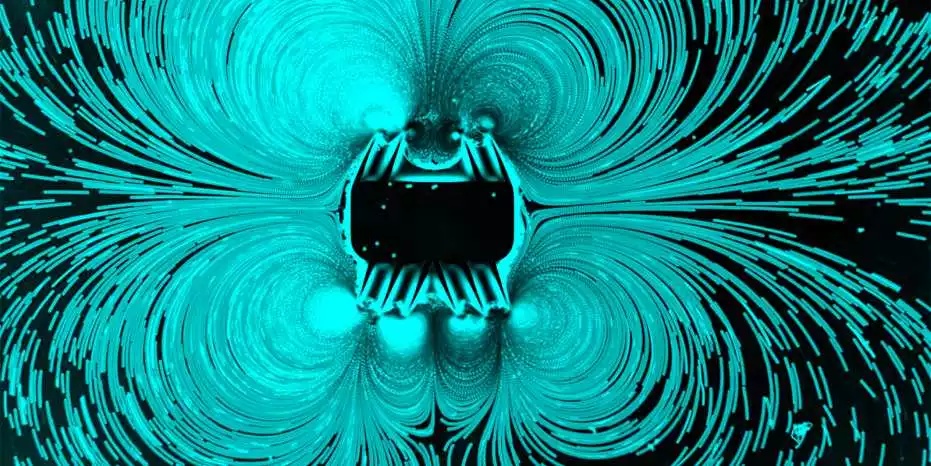Nature is a never-ending source of inspiration for robots, whether it’s bees, bacteria, cockroaches, fish or even scallops. Now an unlikely new candidate has joined the list – starfish larvae, which use tiny hairs to create a vortex to propel themselves or suck in food.
Just a few millimeters long, starfish larvae are covered in hundreds of thousands of tiny hairs called cilia. The creatures use these to both get around and to feed, by creating vortices in the water around them. If the larva orients two rows of cilia towards each other, it produces thrust, while aiming them apart creates a vortex that sweeps tiny food particles in towards it.
For the new study, researchers at ETH Zurich started by investigating if they could design a small swimming robot that could get around the same way. They used lasers to etch the device with tiny cilia, which were set in motion using ultrasound waves. The cilia were made to oscillate at over 10,000 times per second, which is far faster than starfish larva can manage, the team says.

The microrobots were tested in water that was full of tiny beads to better visualize the flow. And sure enough, the device produced very similar flow patterns to the live animals that inspired it. The researchers demonstrated that it can be made to swim in a straight line, using its cilia to generate a suction vortex at its front and a thrust vortex at its rear. In another test, the rows of cilia were arranged to form a suction vortex and a thrust vortex side-by-side, which allowed the robots to suck in beads and spit them out in a set direction.
The researchers say that the microrobots could one day be used to deliver drugs in the body. The ultrasound-activated cilia, meanwhile, could find use in manipulating small volumes of liquids, like mixing, pumping or trapping particles.
The research was published in the journal Nature Communications. The microrobots and starfish larvae can be seen in action in the video below.
Source: ETH Zurich




